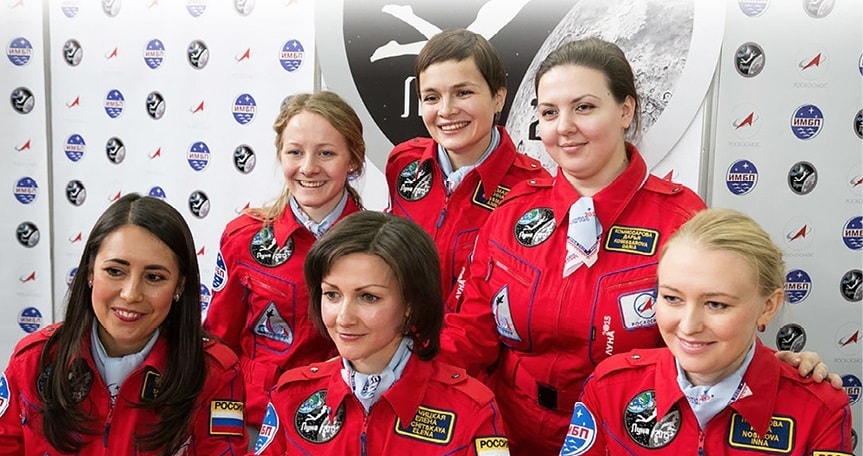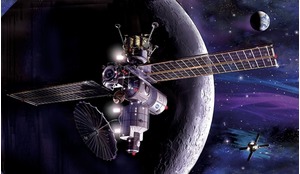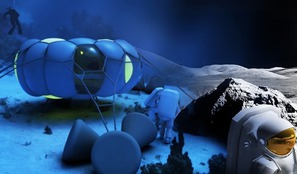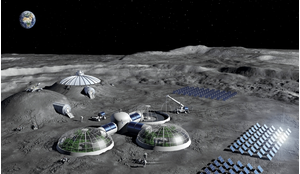The long years of research aimed at preparing crews for space travel have been mainly male-oriented, with women accounting for roughly 10 per cent of the total number of astronauts.
Today, women are playing a more active role in space exploration and as part of the Luna-2015 (Moon-2015) project, based at the Institute of Biomedical Problems of the Russian Academy of Sciences (IBMP), a nine day all-female isolation experiment has been conducted to simulate a flight to the Moon.
Ten young women participated in the experiment - all staff members of the MBPI and the United Rocket and Space Corporation (URSC). After a rigorous medical and psychological selection process that took into account the participants’ own opinions about their desired team, six women aged between 25 and 34 were chosen for the experiment.
The goals of the simulation were to examine the unique professional interactions within an all-female crew, to study the adaptation mechanisms of the female body under conditions of containment and isolation, and to explore the impact of ‘head-to-seat’ acceleration during rides in the short-arm centrifuge (SAC).
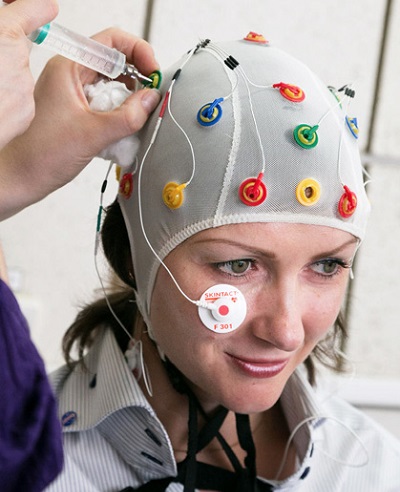 Electroencephalogram being performed on crew commander Elena Luchitskaya
Electroencephalogram being performed on crew commander Elena Luchitskaya
Luna-2015 began with a preparatory stage during which life support systems of the ground-based simulation complex were tested, followed by two sets of centrifuge rides and the nine day isolation. During the initial stage, the candidates’ medical and psychological examinations were conducted, the crew was formed and the official duties of each team member were given out. The crew members spent one to two weeks studying research and exploration methods. Baseline indexation was registered two weeks prior to the beginning of the isolation experiment.
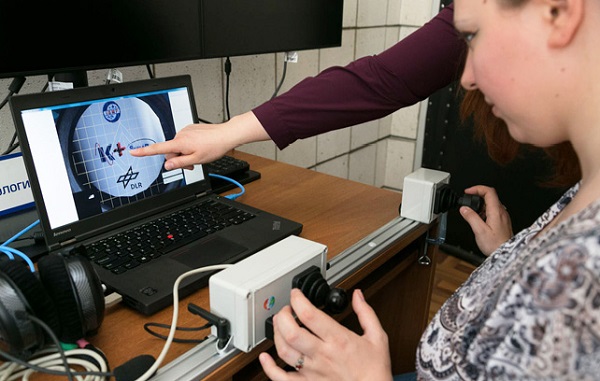 Daria Komissarova working with Neurolab 2010+
Daria Komissarova working with Neurolab 2010+
The nine day isolation stage of the experiment simulated the female crew’s flight to the Moon, its circumnavigation in high orbit and the return to Earth. A lunar landing was not part of the experiment.
The project also evaluated how riding in a centrifuge influenced the participants’ bodies before and after isolation in the hermetically sealed simulation ship.
Over 30 experiments were conducted during the Luna-2015 project, including a number using the equipment currently on the International Space Station
The centrifuge used in the Luna-2015 project has a number of important signature features, including:
- the possibility of two people simultaneously riding in the centrifuge
- adjustable brackets that allow for the change of distance between a participant’s head and the rotation axis and the creation of varying gravitational gradients (which is an important factor in obtaining appropriate gravity loads for the participant’s body)
- specially constructed variable-geometry seats that allow for centrifuge rides to be taken in the half-sitting position, which should significantly increase g-tolerance with a head to toe force vector. Changing position (or the seat’s geometry) allows a significant decrease in the centrifuge’s radius, which will be important during the development of the on board centrifuge, where the module may have a limited radius
- ability to use exercise devices while in the centrifuge (such as a cycle ergometer or a stepper)
- Russian-made medical equipment that allows for full monitoring of each participant’s state.
The experiments conducted in the course of the Luna-2015 project broadly cover three main research categories: psychological and psycho-physiological research; immune system and metabolism research; sanitation, hygiene, and microbiological research.
A special virtual reality program was developed for the experiment, allowing users to guide a lunar rover on the Moon’s surface. This program, along with Neurolab-2010+ was used to evaluate the factors influencing crew members’ operational activities under conditions of isolation.
During the isolation a number of off-normal events were planned and carried out. The first one was giving emergency medical care to a crew member suffering from electrical trauma. A set of measures, including cardiac resuscitation, was conducted on a special mannequin, with tele-medical support from Starovolynsk hospital doctors and the use of the onboard first aid kit. The crew worked well and professionally as a team and, as a result, the full set of resuscitation measures was conducted, in accordance with medical protocol and within the standard time frame for such cases.
Unique information was obtained about the early stages of female body adaptation to living in a hermetically sealed space
The second off-normal event consisted of delaying landing by a full day. The explanation given was that a large hurricane had prevented the craft from landing as planned. The crew was informed of the situation less than 18 hours prior to the planned landing. However, the crew successfully passed this test, not one of them deciding to leave the simulation. Moreover, according to the crew members themselves, they were excited by the news and were ready to continue the experiment, even if it was to be extended for a longer period of time.
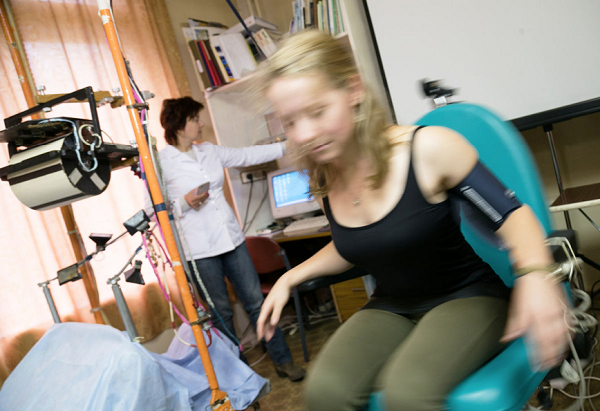 Polina Kuznetsova during vestibular tolerance testing
Polina Kuznetsova during vestibular tolerance testing
During analysis of the data obtained by the Luna-2015 project, unique information was obtained about the early stages of female body adaptation to living in a hermetically sealed space and riding the centrifuge, as well as about the professional cooperation of an all-female crew.
The crew succeeded in completing the tasks placed before them, conducting all of the planned scientific experiments, and overcame all the off-normal events with ease, demonstrating their readiness to complete more complex and lengthy missions.
The Luna-2015 project was the first in a series of planned isolation experiments to be held at the RAS’ MBPI experimental complex. The institute’s researchers are planning to conduct a 21 day experiment in the second half of 2016, which would include a simulated Moon landing.
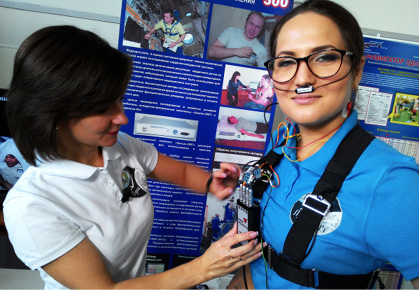 Crew commander Elena Luchitskaya undergoes ‘Cardiovector’ testing with Marina Maksimova, one of the project’s participants
Crew commander Elena Luchitskaya undergoes ‘Cardiovector’ testing with Marina Maksimova, one of the project’s participants
A series of international isolation experiments are also planned for 2017 through to 2020 – lasting for varying lengths of time from 14 days to four, eight and 12 months. The main goal of this research is to study the psychological issues relating to long duration space missions. All interested scientists, specialists and organisations are invited to participate in the project’s preparation and implementation.





